How pandemic bento boxes became care packages and a new business model
Growing up outside of Tokyo, Chef Kenji Miyaishi’s mother used to send him off with bento boxes of onigiri rice balls, karaage fried chicken, tamago-yaki egg omelets and vegetables from her garden.
Now, as he’s pivoted his upscale restaurant in Napa, California, to prepare and deliver bento boxes amid the pandemic, he says he aims to serve with the same values of precision, culture and care his mother did.
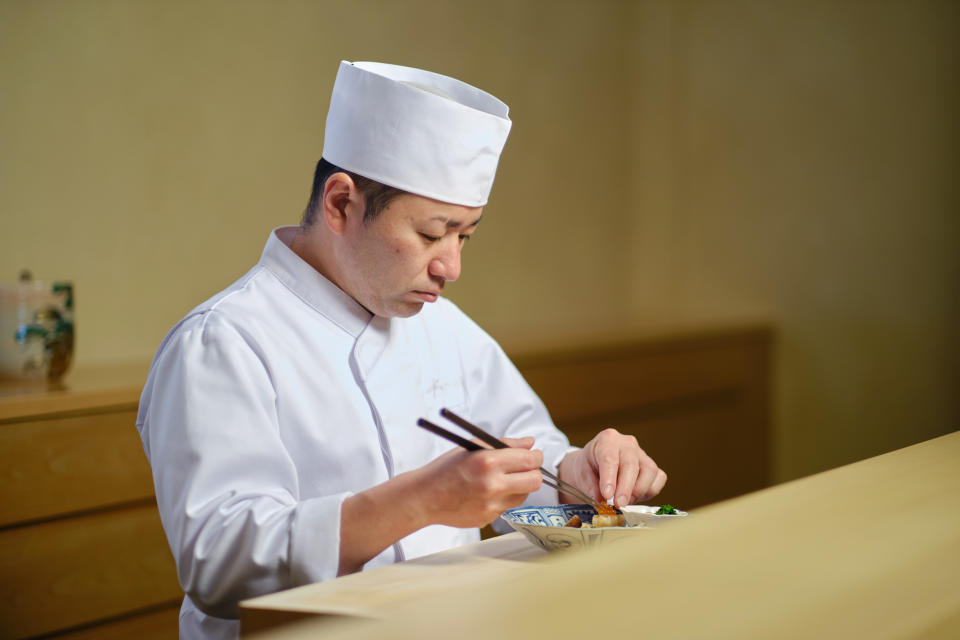
Bento boxes can be traced back to the Kamakura period in 12th century Japan, and this year — with restaurants relying on takeout and delivery — they've become a relevant and culturally authentic way for kaiseki chefs across the country to stay in business.
And some chefs say, at a time of uncertainty, the boxes have also come to symbolize nurturing and comfort.
“Bento is usually made by a mother for her children or husband because mothers want their family to eat healthy and balanced food,” chef Hiroki Odo of 14-seat kaiseki speakeasy Odo in New York said.
They are two of many Japanese restaurants that traditionally served fine dining kaiseki tasting menus at intimate chefs counters and have switched to offering packaged bento boxes.
Kaiseki is considered the most noble and difficult cuisine to learn in Japanese culinary culture, as it includes mastering not only sushi but a variety of techniques including grilling, steaming, deep-frying, simmering and broiling. The intricate and delicate nature of kaiseki cuisine means that dishes are meant to be eaten immediately for ideal temperature and texture. With the pivot to bento boxes, chefs are redesigning their food to be suited to travel and hold longer. The number of bento boxes is often limited, but at a more affordable price point than dining in at these restaurants.
Miyaishi's $75 kaiseki bento boxes have been so popular that customers frequently drive more than three hours from the Bay Area to pick up their orders. Miyaishi and his team prepare up to 60 bento boxes each day and weekend specials might feature toro nigiri, uni gunkan or wagyu sirloin.
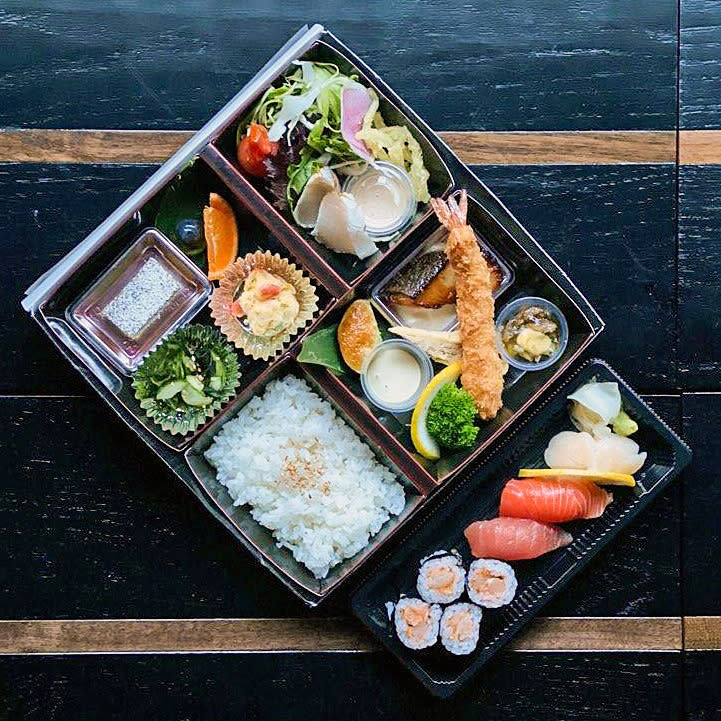
In Los Angeles, Niki Nakayama has no plans yet to reopen her two-star Michelin restaurant n/naka but instead she is assembling around 160 bento boxes each day, offering a $38 option in addition to a more extravagant $85 bento. Compared to her $275 tasting menu, it's become an opportunity for fans who haven't had a chance to dine at her restaurant to try her food. “Japanese bento are treasure boxes made up of a variety of small dishes to make one really engaging and complete meal,” Nakayama says. “We aim to create something that is as beautiful visually as it is delicious.”
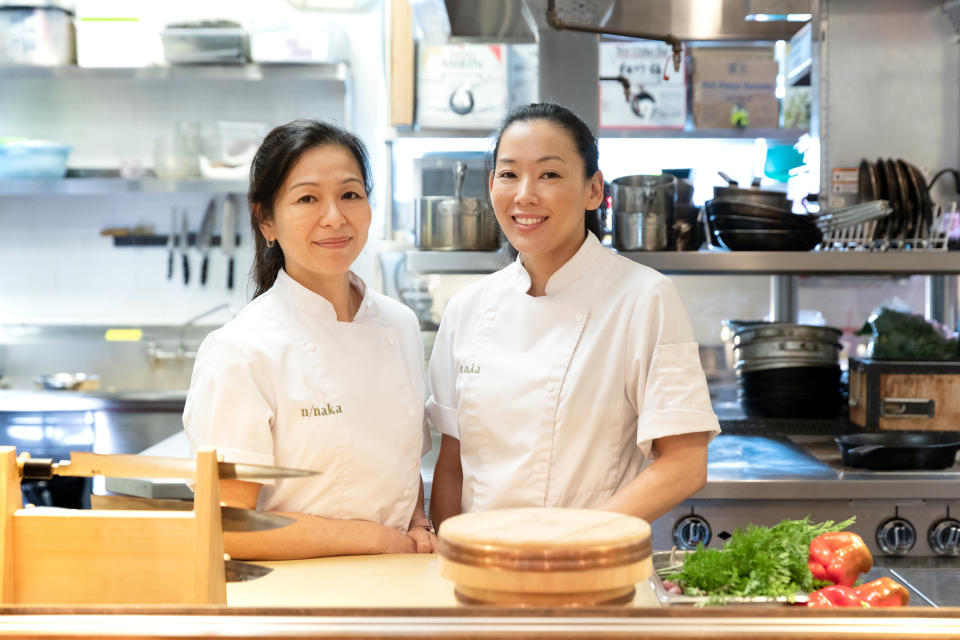
At Kenzo and n/naka, the success of their takeout program has meant all the kitchen staff have retained full-time employment. Similarly, the demand for bentos has allowed Nodoguro to bring some of their staff back and Odo is looking to expand his bento offerings to create more jobs for his team too.
Chef Brandon Go aims to make every component of his bento box at Hayato in Los Angeles good enough to stand alone as an individual course of an omakase. Each $52 bento contains more than 16 components, many of which require days of advance preparation. He uses more sharply defined seasoning techniques – different types of soy, vinegar, dashi, sugar and salt – to create a greater contrast in flavors since he cannot build the meal in a slow crescendo as he would during his tasting menu. Lunch bentos are available every weekend, and reservations for the month are released at 10 a.m. on the first of the month, selling out within five minutes. “I think it's actually gotten more difficult to get a bento than a dinner reservation because everyone is interested in takeout right now,” Go says.
Odo's various bento boxes contain grilled A5 grade Miyazaki wagyu (some of the best beef in Japan), grilled fish, and sushi for a fine dining experience to-go, although foods like soup and noodles that would traditionally be included in the omakase experience must be omitted because they do not travel well.
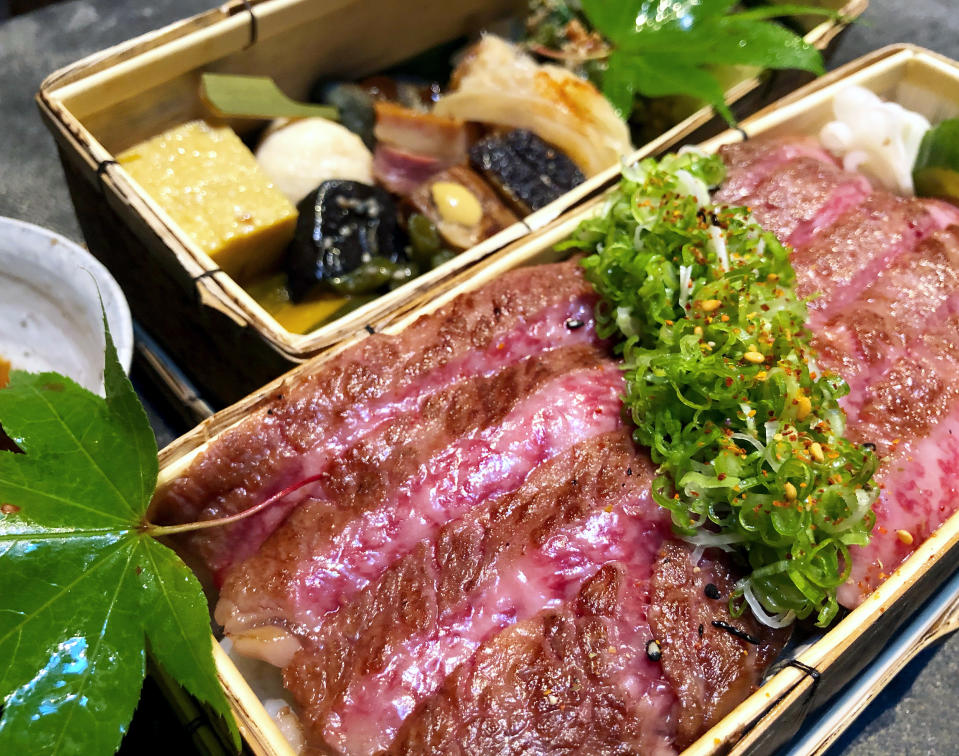
Odo is making about 30 bento boxes a day and estimates that more than half of his orders are coming from new patrons. “The bento service definitely helped us to connect with many potential customers for indoor dining when it starts up,” he says.
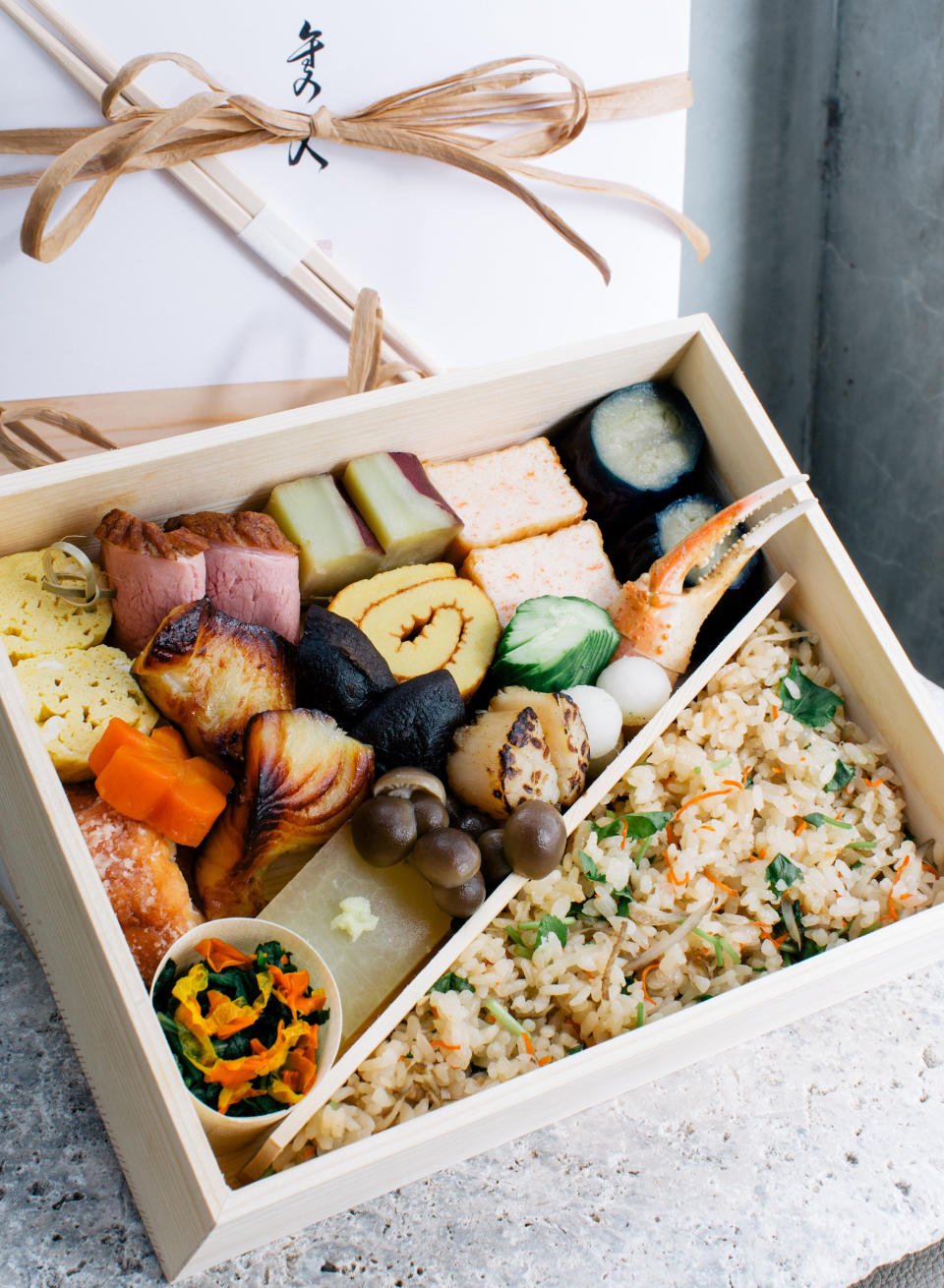
At Nodoguro in Portland, Oregon, Ryan and Elena Roadhouse have also been pleasantly surprised at how many new loyal customers they have acquired during the pandemic thanks to their bento offering.
“I feel so lucky that our community grew,” Roadhouse says. “We intended to create familiar flavors and ideas that a guest would experience at Nodoguro, but reinvented as a fun and fancy picnic.” He and his wife, Elena, make around 20 bento boxes each day for takeout, packaged in compostable packaging made from sugar cane. They even include homemade natural hand sanitizer with each order. “We try to provide the same diversity of ingredients and flavors that you would see in our tasting menu, including sashimi with our house soy sauce. It is designed to be wholesome and fulfilling, but with a certain elevated and flavorful twist on lunch box fare.”
Follow NBC Asian America on Facebook, Twitter and Instagram.

